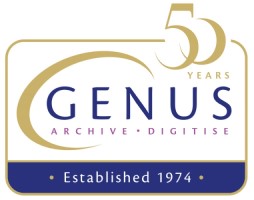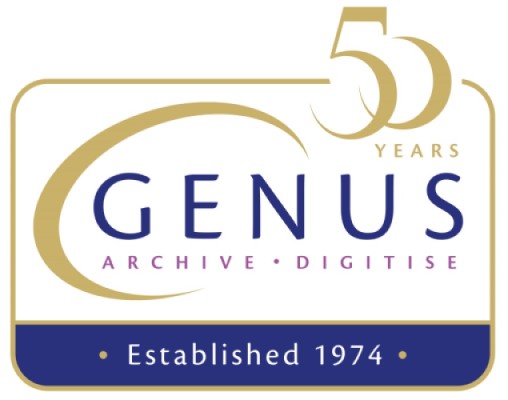In October last year I attended the “Microfilm in the digital era” conference in Moscow and gave a speech entitled “Microfilm in 2017 -Back to the Future 2!” about my views of the current status of the microfilm industry.
At the conference I talked to a number of end users and when I got back home I had a lot of communication from various people from all over the world about my published speech. The overriding message was one of a need to keep microfilm as a technology whilst being concerned about the reducing or potential lack of supply of both microfilm consumables and equipment. Naturally, it got me thinking. If there were potential holes in the microfilm supply chain then, despite people’s desire to continue to use microfilm, they couldn’t use it if it didn’t exist anymore.
I was already in the middle of bringing a brand new microfilm diazo consumable product range to the market and I am pleased to be able to announce that from January 2018 our UK diazo production plant is fully operational with new rewinding and slitting equipment that was installed to cope with the demand. We are now in a position to make a new coating run in a fully air tight clean room environment every month. As a result we now have the flexibility to cope with rises and falls in demand by using a modular production method. As such we are more efficient and longer lasting than any manufacturer dependant on the economies of scale of a set amount of volume.
So then I turned my attention to equipment. One of the key points that came out of my discussions was that 35mm microfilm is what all of the Archives, Libraries and Government departments relied on as their default preservation medium of choice. We all have excellent choices for 35mm Archive Writers that can take digitally born images and scanned images and write them directly to microfilm. SMA, Zeutschel, Microbox and MD all make superb machines. However a lot of end user customers were nervous about both the legality and perceived quality of the Archive Writer approach. It is very difficult, perhaps impossible (answers as a reply to this blog please?!), to directly compare “dpi/ppi” to “line pairs” as a way of measuring image quality and clarity. Also microfilm created conventionally, using a camera, had a huge number of international standards to give the client confidence. This is not to say there is anything wrong with the Archive Writer approach, I am a huge fan, but some customers have a lot of questions. As a result Genus needed its own 35mm Archive Microfilm Camera – something that would protect our clients from what they perceived as Digital Hell – so, some kind of custodian to the gates of Digital Hell then? What about a Cerberus? As a result of a lot of collaboration we were able to bring to market another UK made product – the Genus Cerberus 35mm Microfilm Camera, using technology that had been extensively tested over the last 30 years. We launched this product last week and it has been well received. Another alternative product in the microfilm market – that’s good news for everyone.

Genus are doing their little bit to keep investing in microfilm. And we will continue to do so. We already have our RB70m Silver Duplicator and our RB20m Diazo Duplicators. We encourage any small manufacturers out there to keep investing in microfilm equipment and if you are struggling then come and talk to us. We always have a need for duplicators, readers, film scanners, processors, archive writers, cameras, finishing equipment etc etc.




Comments are closed.